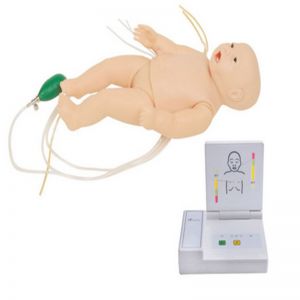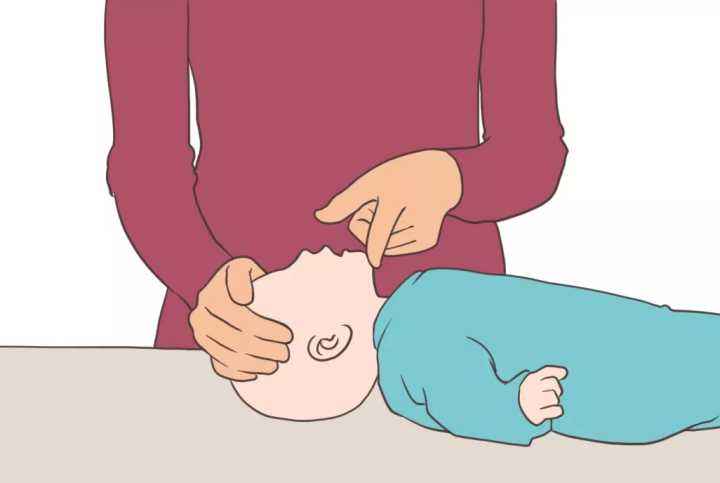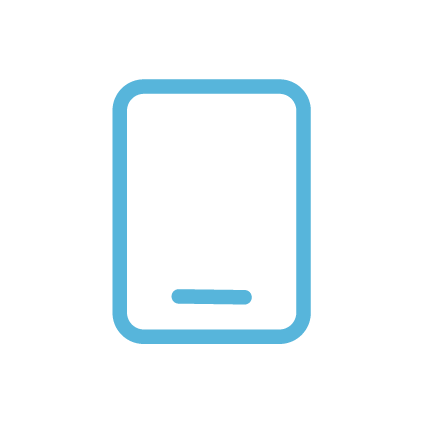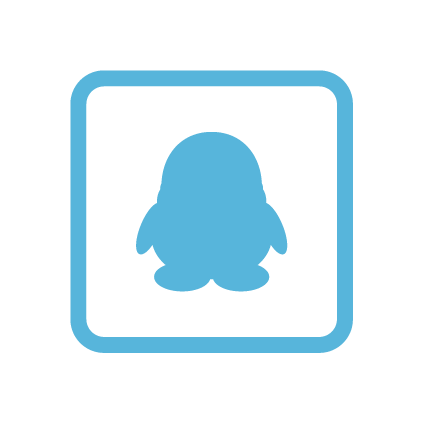
CPR simulator manufacturers tell you the difference between adult and pediatric CPR
Article tag: Manufacturer of CPR simulators children's CPR models

In neonates and children, the causes of cardiac arrest are diverse; the most common are traffic accidents, drowning, burns, gunshots, poisoning, smoke inhalation, SIDS, airway obstruction and asphyxia by foreign bodies, airway or respiratory system infection and congenital heart disease. In adults, it is mainly secondary to severe coronary artery disease, most of which are combined with malignant ventricular tachycardia and arrhythmia. In children, hypoxemia is common In children, malignant ventricula...

In neonates and children, the causes of cardiac arrest are diverse; the most common are traffic accidents, drowning, burns, gunshots, poisoning, smoke inhalation, SIDS, airway obstruction and asphyxia by foreign bodies, airway or respiratory system infection and congenital heart disease. In adults, it is mainly secondary to severe coronary artery disease, most of which are combined with malignant ventricular tachycardia and arrhythmia. In children, hypoxemia is common In children, malignant ventricular Tachyarrhythmias are not a common cause, so routine, rapid defibrillation is not usually required.

Body weight must be accurately measured and assessed in order to calculate drug dosage. Drug doses are measured in milligrams and converted to milliliters based on drug concentration, a process that is often delayed and can lead to serious errors.
The upper airway anatomy differs from that of adults: the head is large, the face is small, the mandible is relatively short, and the nose and neck are relatively short; the tongue is large relative to the mouth; the larynx is higher and the angle is more forward; the epiglottis is long, the narrowest part In the subcricoid vocal cords, an uncannulated endotracheal tube can be used in children (unlike in adults) to minimize damage to the sensitive mucosa in the airway.
Easy to lose heat Relative to volume, children have a larger body surface area and less subcutaneous tissue than adults, so they are more likely to lose heat than adults. In CPR, "neutral temperature" is very important, neonates are 36.5 ℃, children are 35°C. Core temperature below 35°C increases oxygen consumption and cardiac output, increasing morbidity. As the temperature continues to decrease, as a protective mechanism, heat production is increased through chills until the chills cease. If hypothermia (<28°C), within 10-15 minutes, decreased oxygen consumption and severe chronic arrhythmia will lead to cardiac arrest.
The heart rate is 80 to 100 beats/min, depending on the size of the child, with both hands, one hand, or two fingers on the sternum.
Although the ratio of ventilation rate to compression rate is 1:5 in adult CPR performed by two persons, the rate of compressions for children's hearts varies with age.
Airway selection is difficult but important. The options available for children are: 5 sizes of airways, 6 sizes of face masks (cuffed and non-cuffed), 3 sizes of balloons, 4 sizes laryngoscope, 9 specifications of endotracheal intubation, 6 specifications of suction tube.
The pathogenic factors should be dealt with in a timely manner, and if possible, measures should be taken promptly after the initial diagnosis. For example, if the mother uses sedatives during labor, neonatal naloxone treatment should be given; for septic shock, the prevention of meningococcal control of septicemia; rapid management of multiple traumas for hemorrhagic shock; foreign body removal for choked patients. A specially trained CPR response team should be established, both in and out of the hospital, ready to assist in labor. Newborns and other children in cardiopulmonary arrest, and can determine whether they need help from other professionals or referral to a tertiary care unit.

Marketing Center
Hong Kong, ChinaProduction Base
Shanghai, ChinaProducts
Contact Us
 Address: Hong Kong, China
Address: Hong Kong, China
 Phone:+86 19937901373
Phone:+86 19937901373
 Email:sophia@adahealthy.com
Email:sophia@adahealthy.com
 Mobile:+86-0379-65160607
Mobile:+86-0379-65160607








